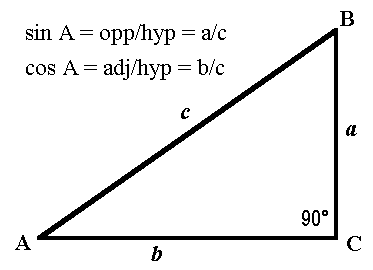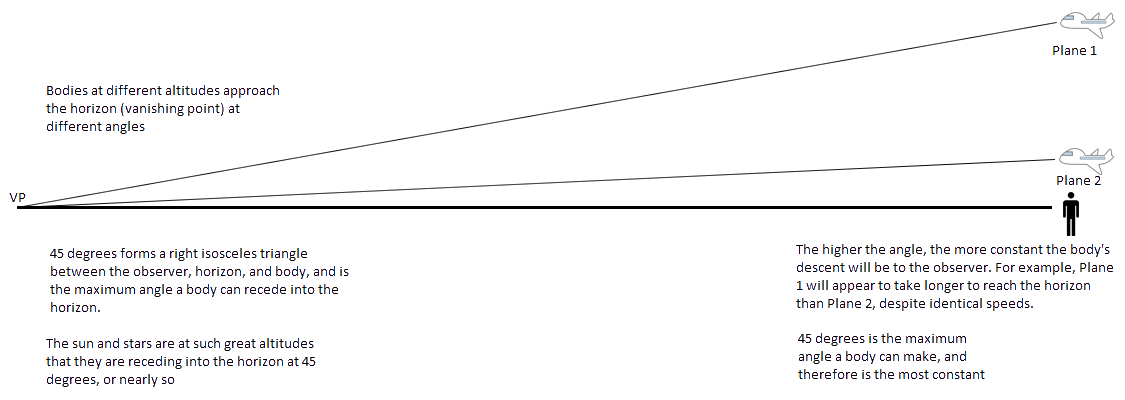1
Flat Earth Theory / Re: Evidence for round earth: position of sunrise/sunset on Equinox Day
« on: May 17, 2016, 07:08:04 PM »Considering the Equinox Day path of the sun over a flat earth, which we are told will be a flat circle directly above the equator. In the FE model the sun never actually goes below the horizon, only appearing to do so because of distance and perspective, in much the same way that birds and airplanes appear to drop toward the horizon as they fly away from us. (You have no doubt guessed or remembered that I disagree with that assessment, but that isn’t my point today.) Suppose we accept the premise for the moment, and consider specifically the position of sunrise on Equinox Day.
It is common knowledge, which you can directly observe for yourself on Sept 22, that the sun rises exactly due east on Equinox Day, for everyone on earth. Let’s choose a spot on the equator from which to conduct a thought experiment: I’ve chosen Pedernales, Ecuador as an example, located on the equator at 80° West. At sunrise in Pedernales, it is high noon 90° east of there, at 10° East. That puts the sun at a spot over the African town of Oyan, in Gabon. Oyan is due east of Pedernales from a circumpolar, magnetic compass, navigational view of things in the round earth view. But we’re not talking about a round earth now; we’re talking about a flat earth, above which the sun is a quarter way around a curved path above the equator. This puts the line-of-sight to Oyan (and therefore, to any spot above it) at quite a few degrees to the left of due east. From the equator, the sun above a flat earth is not exactly due east on Equinox Day, nor indeed on any day. In fact, drawing lines due east from the meridian at 80° West, one finds that none of those lines point at Oyan, meaning there isn’t a single spot on earth that will see the sun rising directly due east until you get far enough north for “east” to become meaningless.
In order for the flat earth explanations for sunrise and sunset to match the real world observations, a mechanism must be proposed to explain the apparent sideways shift in the sun's observed position as it gets further away from the observer. On Equinox Day, the sun should be to the left of due east at sunrise; it appears to be exactly due east. The sun should be to the right of due west at sunset; it appears to be exactly due west.
Related to your point, here's a link to a video which shows how anybody can test for the shape of the earth by observing the sun's motion.









